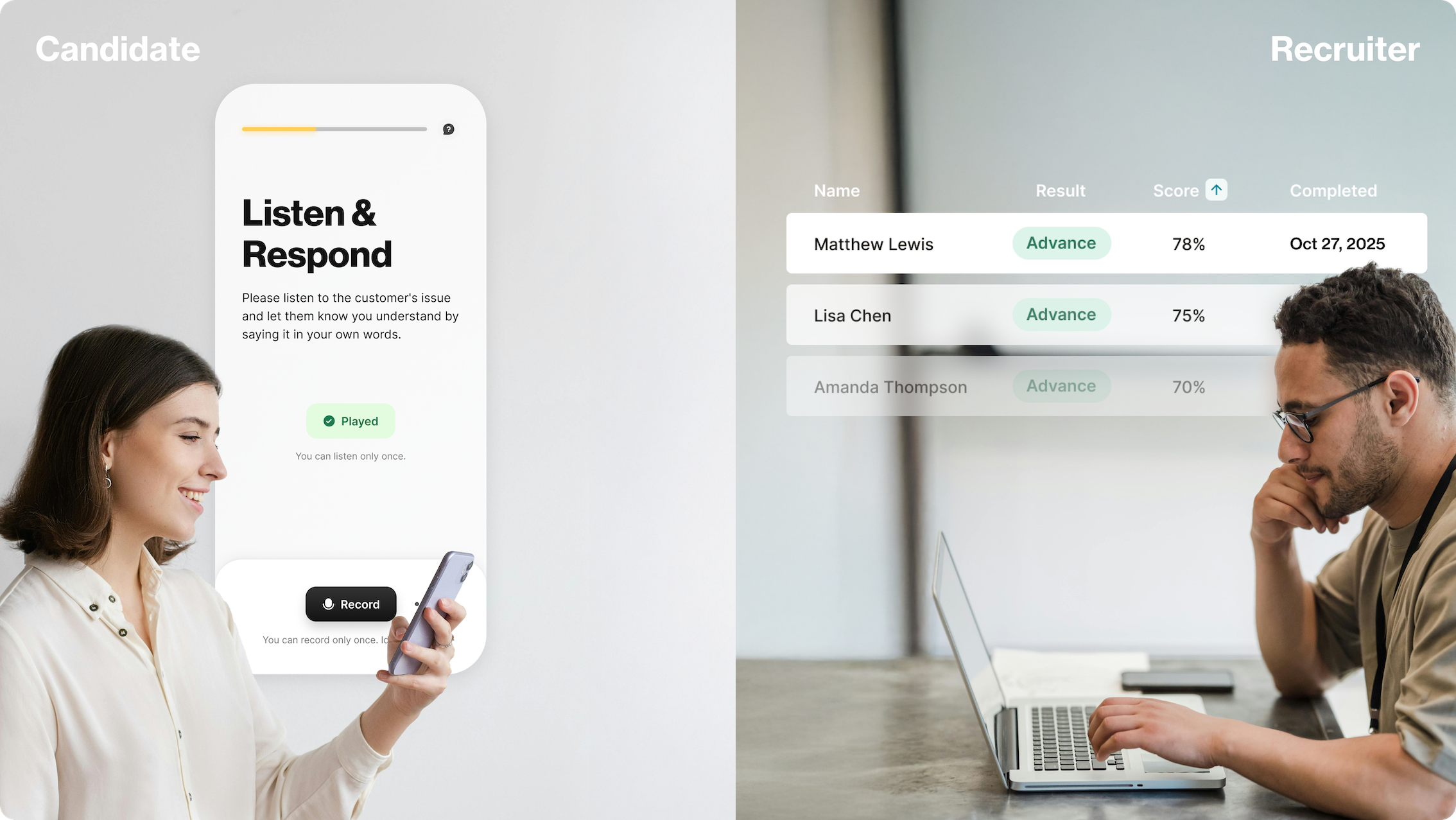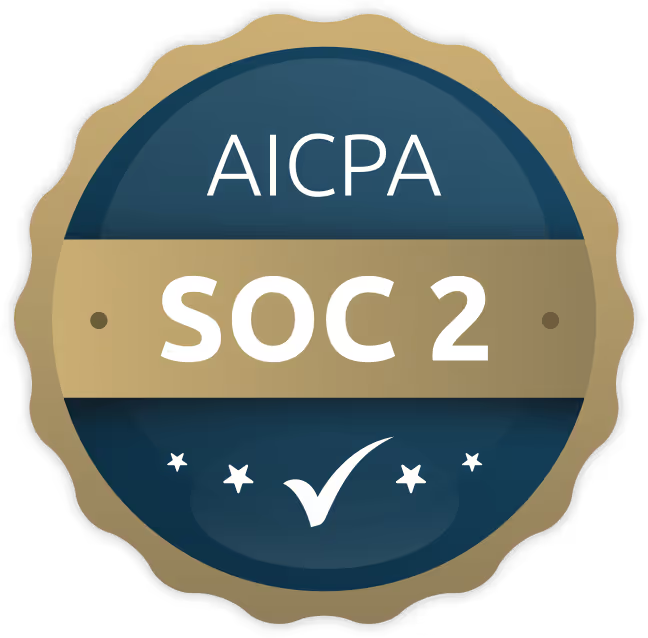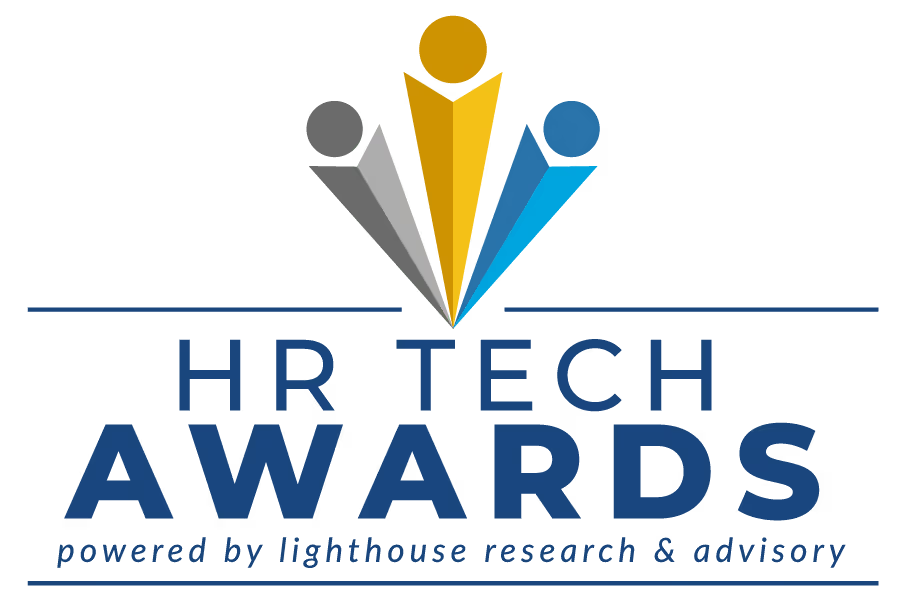
This post was originally published on LinkedIn.
Creating a link between hiring practices and business outcomes has been a perennial problem in HR. That’s because it can be difficult to measure how successful a hire was. Organizations, even in the same size bracket, vary greatly in their hiring processes and structures. They may also lack the capacity to create the necessary systems and processes to properly measure hiring performance - outside of tired metrics in recruiting like time-to-hire that is.
Since 2001, HR teams have been trying to go beyond time-to-hire and cost-to-fill as a proxy for hiring success. A paper put out from Cornell that year points out that when staffing systems are determined by the cost or time involved in hiring only, the results can be disastrous. Basically, if a team is only worried about recruiting metrics like time-to-hire when they purchase a technology system to help with staffing, the results could actually exacerbate staffing challenges.
What’s worse is that today, more than twenty years later, the situation has not improved. Consider that according to Harvard Business Review:
- only a third of US companies are monitoring if their staffing decisions and practices are leading to good employees
- Of those who do monitor the quality of their hiring practices, few are doing so carefully
- And, of that group, it’s the minority who are even tracking the worn-out metrics like time-to-hire or cost-per-hire.
It’s true that in any other department like sales or operations, it would be unacceptable to say ‘This is the project timeline and budget, but we have no idea what impact it will have.’ Here’s the thing though, it’s not HR’s fault, and they have a heavy burden to carry by needing to demonstrate success without the necessary infrastructure to do so.
HR managers need sophisticated analytical processes to properly measure talent acquisition performance. Teams may have unstructured data - for example, “Notes from exit interviews may be handwritten and not transcribed, much less categorized or rated,” as described in The Oxford Handbook of Talent Management. This example doesn’t even begin to mention consideration for ongoing data collection, data storage systems, monitoring, reporting, and so on. Ultimately these conditions often make consistent analysis of hiring performance too difficult to link to employee performance. The metrics used in recruiting, and what good employee performance looks like will also vary from company to company.
Since there are significant challenges that prevent the prevalence of uniform benchmarks, recruiting metrics, and performance targets within the talent acquisition sector, I am challenging HR tech leaders to do better for their end users - both management teams and candidates. To boldly lead the way, HiringBranch released a performance report earlier this year that includes five unique studies that definitively link pre-hiring performance to on-the-job performance.
HR tech companies can’t just want to do better, or just be aware that the industry has a measurement problem, they need to go out of their way to demonstrate the success of their technology outside of hiring time or cost considerations. It may not be easy to do but it’s certainly possible to build correlations between hiring and on-the-job performance if the HR tech vendor and their clients work together, while considering the unique KPIs of each company. A recent dissertation from the Walden University College of Management and Technology concluded that effective HR recruiting and hiring supports the achievement of organizational goals, and HR teams could actually identify top talent during the hiring process.
Demonstrating the post-hire success of a tool isn’t just in the interest of the vendor. Organizations that focus on the right fit hire are often better suited for growth and profitability over the long term.
Coach John Wooden famously said “Don't mistake activity with achievement,” and that’s good advice for the talent acquisition sector both present and past. At HiringBranch, we know what soft skills are needed to be successful in customer service and sales roles, and that if you hire for those skills, performance will improve, and we worked hard with our customers to create and unveil that data - both for them and for us.
Yes, I’m ecstatic to see these types of conclusions, but more so I’m relieved. After more than two decades of a tired approach to hiring performance measurement, we are proudly raising the bar and we’re inviting other HR technology providers to do the same. Connect the dots between hiring and performance. Open the books. Crack the hood. It’s time that HR vendors went out of their way to make the HR teams they work with look good beyond yesterday’s metrics in recruiting like time-to-hire. Let’s help give HR teams the credit they truly deserve.
Image Credits
Feature Image: Unsplash/Ross Findon






































.jpg)
.jpg)



























.jpg)




.png)
.png)



































.webp)





.svg)